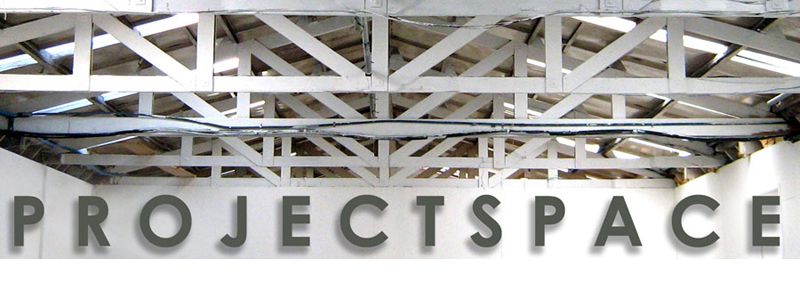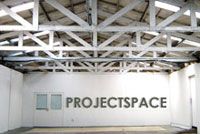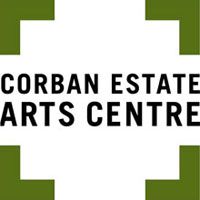Gabby
O'Connor
some
time
Target:
$3000 - In association with: Boosted
My
name is Gabby O'Connor I am an installation artist living in Wellington NZ.
I
am also a mum and I occasionally teach art and craft processes to children and
tertiary students. I really like icebergs and the stories and science of
exploring Antarctica. My projects all take a lot of time.
My
next project is called some time.
For
this work I will be making the edge of the edge of the Ross Ice Shelf in
Antarctica, utilising only tissue paper, staples, light and space.
some
time
will be exhibited at the Corban Estate Arts Centre in Henderson Auckland
opening on May 16, 2013
This
work will be made from thousands of sheets of tissue paper hand dyed and cut
into geometric shapes. These will then be stapled together and constructed to
create a site specific installation that responds to the architecture of the
gallery. In essence I will be making certain architectural features disappear
and the audience will be faced with a looming, multifaceted paper ice shelf.
The work itself will cover an area of approximately 40sq m but when dismantled,
will fit into a suitcase.
My
work process is very labour intensive, and repetitive and all done by hand.
There
is the time it takes to research the ideas and the materials.
The
time it takes to lacquer and dye and hand cut the paper.
The
time it takes to test and prepare the individual components.
Currently
I have the time and means to cover these first few stages.
But
then there is the time it takes to assemble and install the final work.
It
will take a full 7 days on site to do this.
This
is the stage that I need help with to achieve my goals.
I
am looking for support with exhibition costs: including getting the work and
myself to Auckland for the 7 day installation period before the exhibition and
to cover accommodation near the gallery for myself and my baby who will be 1
year old at the time.
My
most recent exhibition series was titled what lies beneath. Those works
depicted the seldom seen submerged part of an iceberg. Specifically, the
icebergs that will eventually calve off the Ross Ice Shelf containing the
bodies of Robert Falcon Scott and his crew "sometime" in the future.
They were the largest works I'd ever created being 14m long and 4m high in
parts. what lies beneath was shown at the City Gallery in Wellington, House of
Waiwera, Auckland and the North Wall in Oxford, UK.
This
new work continues to reflect on Scott and his crew's story.
To
achieve this project, I'm hoping to raise $3000 to cover expenses.
If
I exceed my ask. I want to invest in getting my work professionally documented
and to upgrade my website. It would also assist with all the expenses that I
have incurred thus far.
I'd
like to extend my gratitude to The Boosted campaign, which will allow me to
expand my audience at the same time as creating a significant companion art
work to the What lies beneath iceberg series.
And
to the the Arts Foundation for selecting my work to be a part of the inaugural
Boosted initiative.. . I'd also like to say...
"Thank
you"






